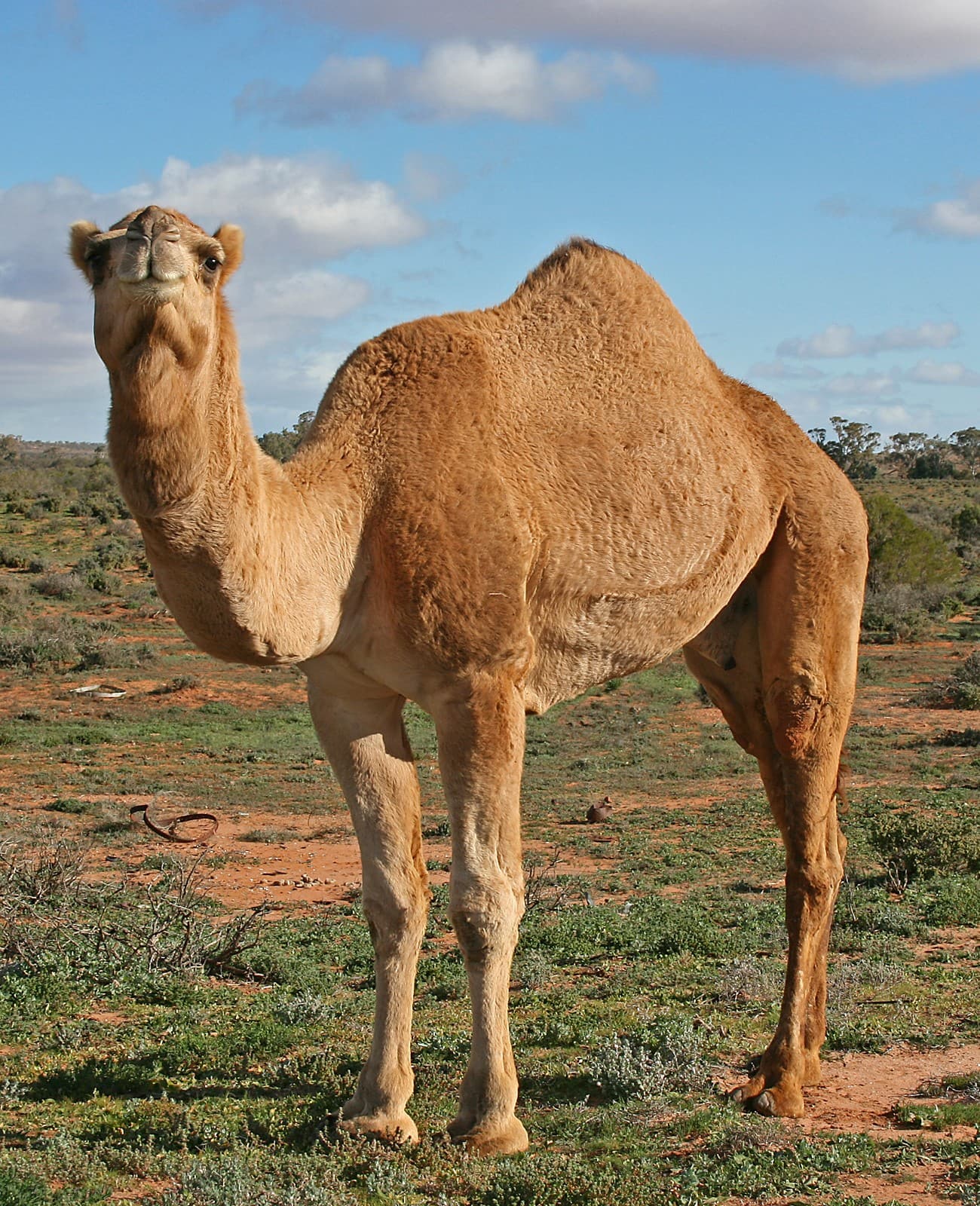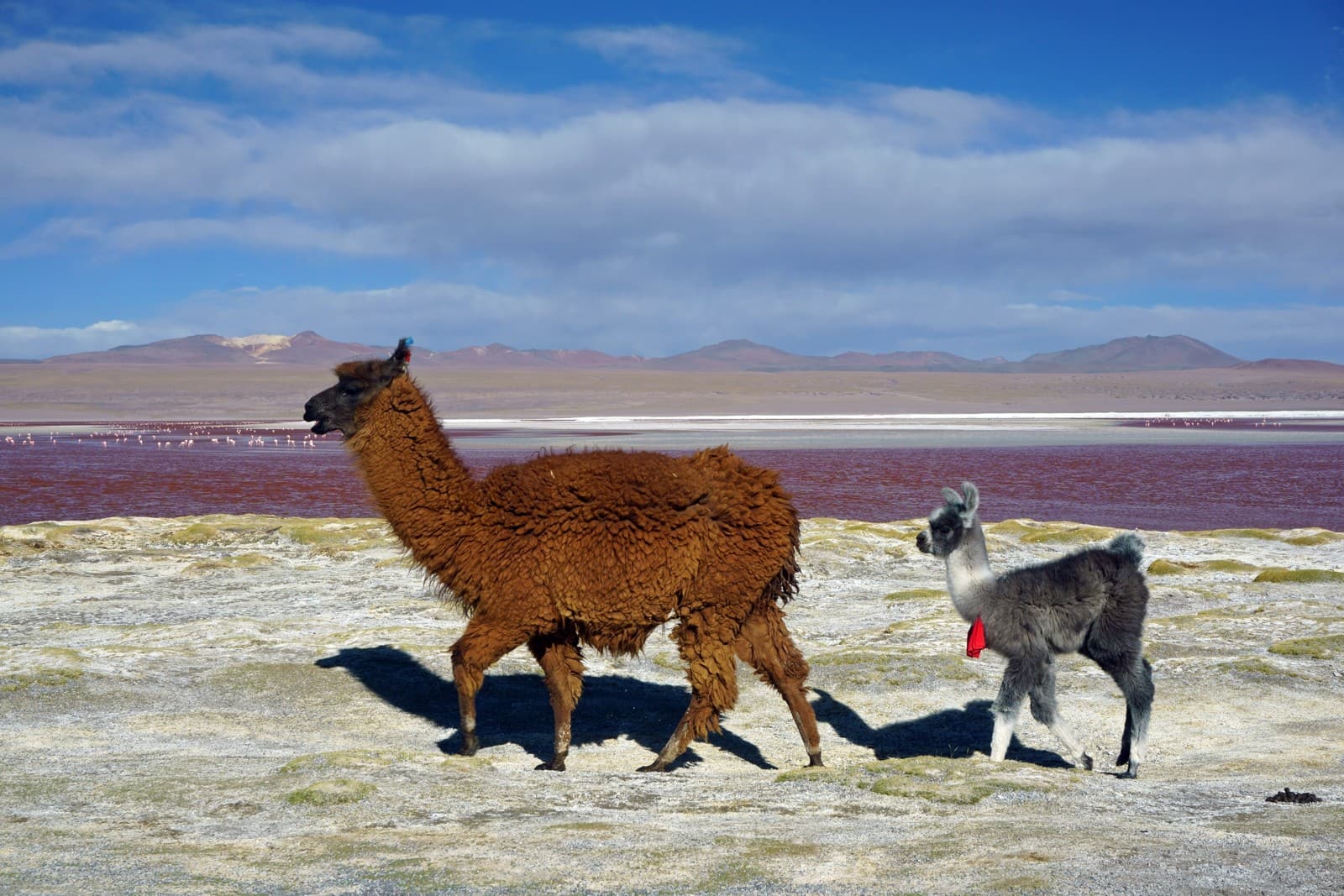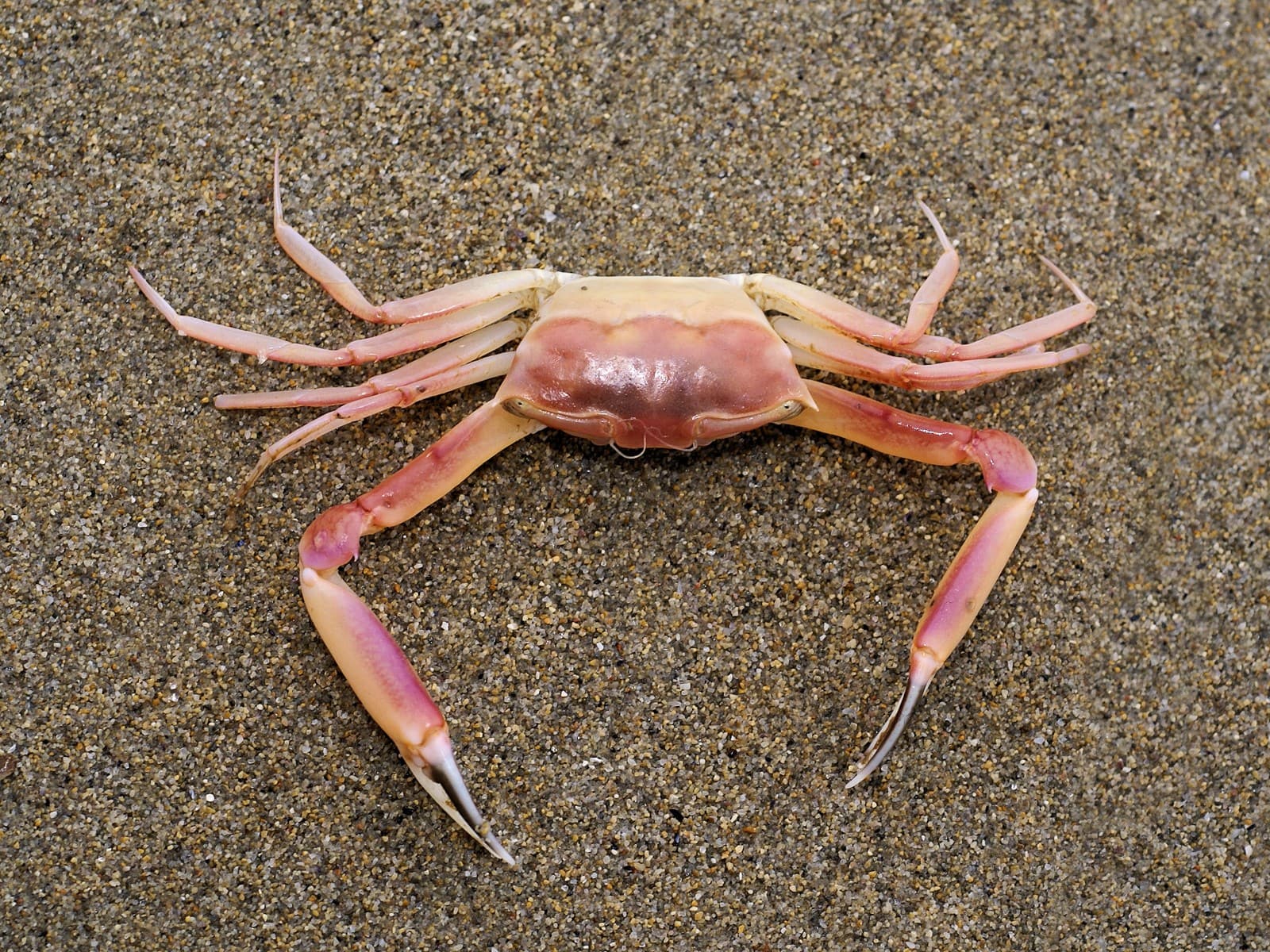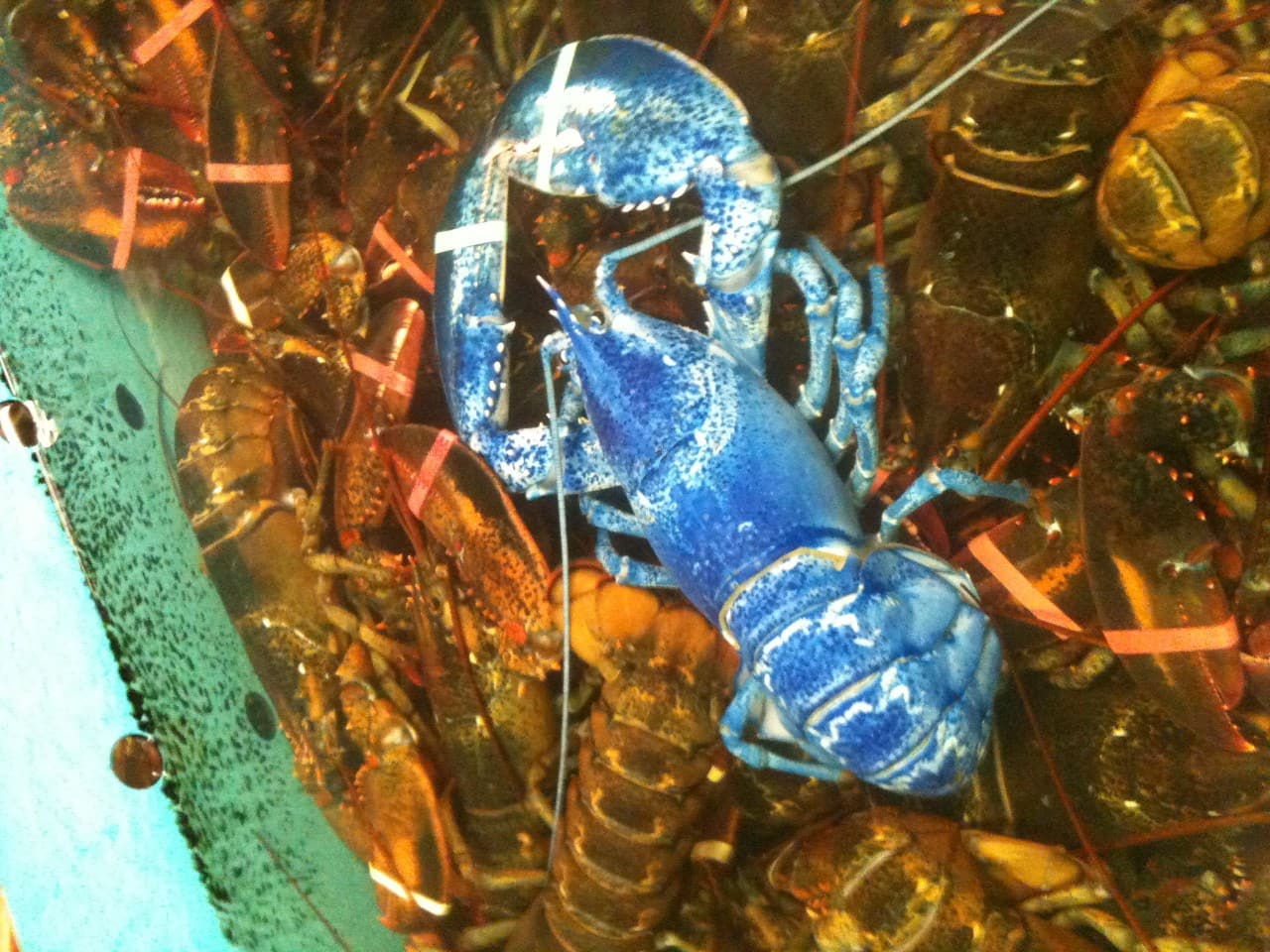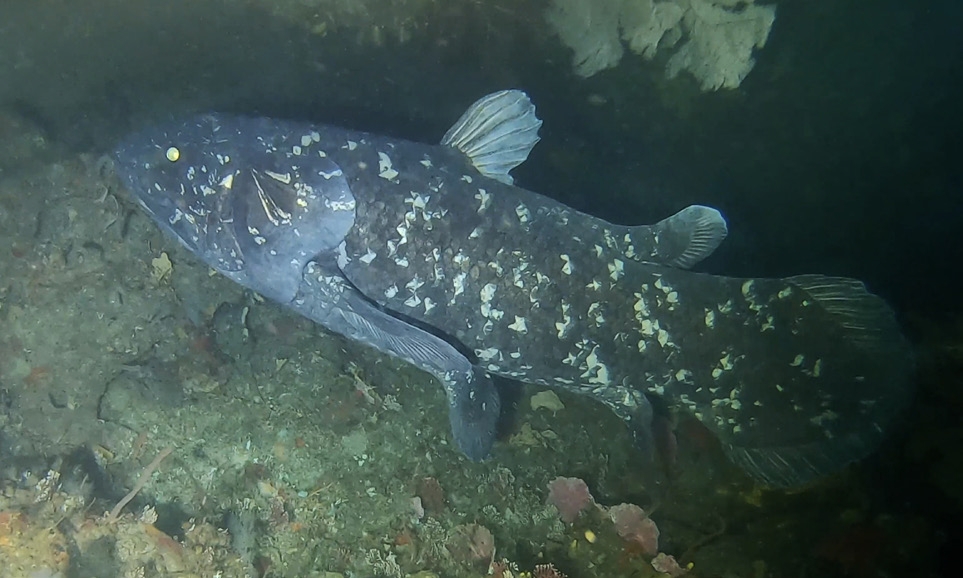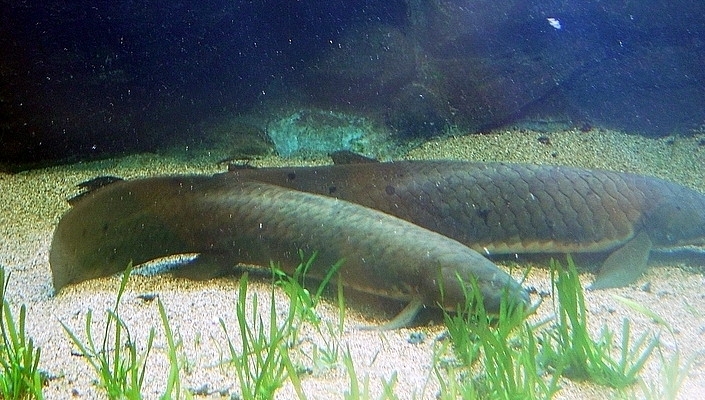Grouper vs Snapper: A Complete Comparison
When comparing Grouper vs Snapper, these two reef-dwelling fish species exhibit distinct characteristics despite their similar habitats. Groupers generally grow significantly larger, with Giant Groupers reaching up to 8.8 feet (2.7 meters) and 800 pounds (363 kg), while most Snappers typically max out at 3 feet (0.9 meters) and rarely exceed 50 pounds (22.7 kg).
The most notable differences between Grouper and Snapper lie in their body shape, hunting behavior, and social patterns. Groupers possess stockier, more robust bodies with large mouths and heavy scales, whereas Snappers display more streamlined, compressed bodies with distinctive sharp teeth and typically brighter coloration.
Physical Characteristics
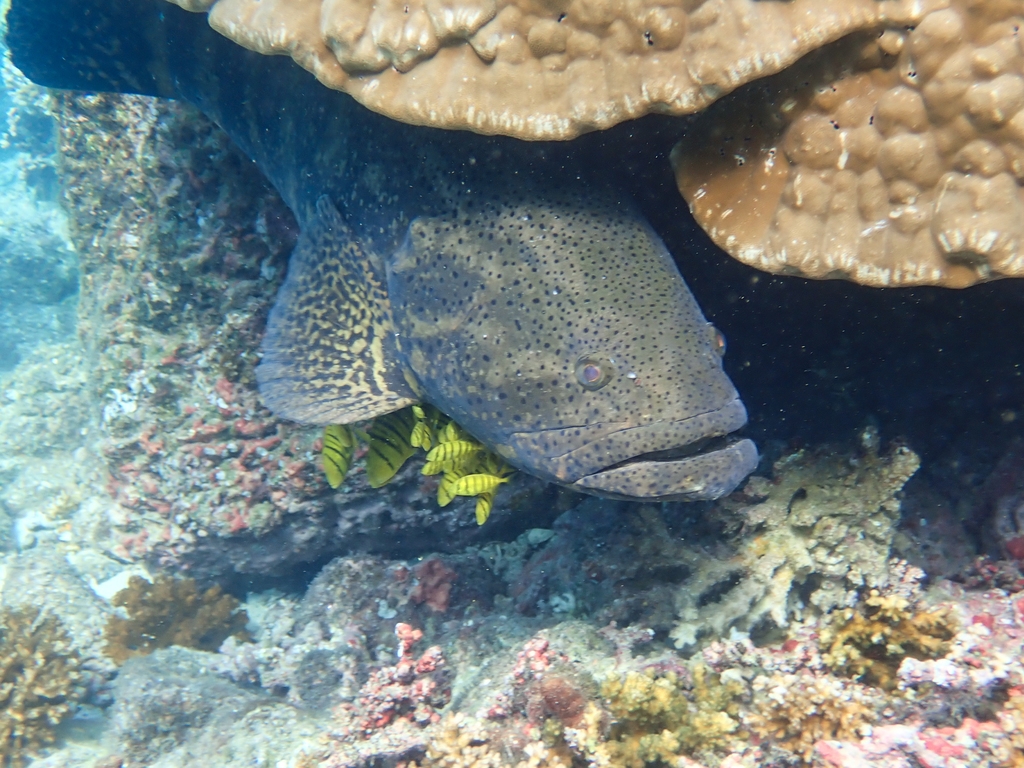
© keesgroenendijk / CC BY-SA 4.0
The Grouper’s massive build and camouflaged appearance make it perfectly adapted for ambush hunting near reef structures. Note the characteristic wide mouth and heavy-set body typical of the species.
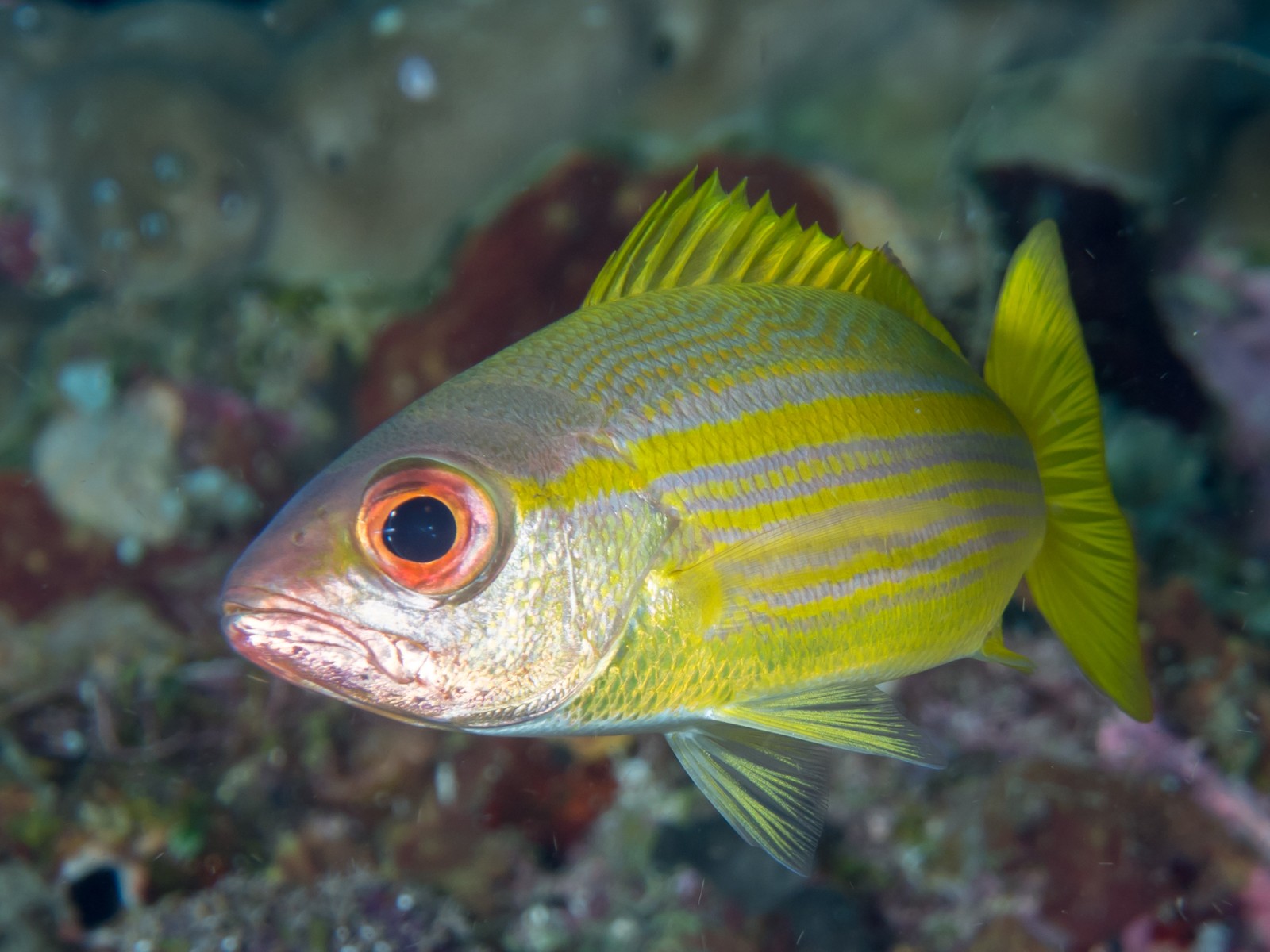
© Rickard Zerpe / CC BY 2.0
Snappers display more vibrant coloration and streamlined bodies, with their characteristic pointed snout and forked tail fin clearly visible in this specimen.
Key Differences: Grouper vs Snapper
| Feature | Grouper | Snapper |
|---|---|---|
| Size | Up to 8.8 ft (2.7 m) | Up to 3 ft (0.9 m) |
| Weight | Up to 800 lbs (363 kg) | Up to 50 lbs (22.7 kg) |
| Body Shape | Stocky and robust | Compressed and streamlined |
| Hunting Style | Ambush predator | Active pursuit hunter |
| Social Behavior | Usually solitary | Often schools in groups |
| Coloration | Mottled browns and grays | Bright reds, yellows, silvers |
Habitat and Behavior
Groupers are primarily ambush predators, preferring to lurk within reef crevices and caves before striking their prey. They typically inhabit depths between 60-200 feet (18-61 meters), though some species venture deeper. Their powerful jaws and ability to create negative pressure by rapidly opening their mouths allow them to swallow prey whole.
Snappers, conversely, are more active hunters that often form schools, particularly when young. They typically inhabit shallower waters between 30-100 feet (9-30 meters) and demonstrate more complex social behaviors. Their pointed teeth and quick swimming capabilities make them effective hunters of smaller fish and crustaceans.
Culinary Differences
Both fish are highly valued in commercial and recreational fishing, but their meat characteristics differ significantly. Grouper meat is known for its:
- Mild, sweet flavor
- Firm, lean texture
- Large, white flakes
- Moisture retention when cooked
Snapper offers:
- Delicate, nutty flavor
- More delicate texture
- Pinkish-white flesh
- Excellent grilling properties
Conservation Status
While both species face pressure from commercial fishing, Groupers generally face greater conservation challenges due to their:
- Slower growth rates
- Later sexual maturity
- Vulnerability during spawning aggregations
- Higher market value
Many Snapper species demonstrate greater resilience due to:
- Faster reproduction rates
- Earlier maturity
- More widespread distribution
- Greater population numbers
Who Would Win in a Fight?
In a theoretical confrontation between adult specimens, a Grouper would likely dominate due to its:
- Significantly larger size
- More powerful jaw structure
- Greater bite force
- Superior ambush capabilities
However, such encounters rarely occur naturally as these species typically avoid direct competition through different hunting strategies and preferred prey species.




